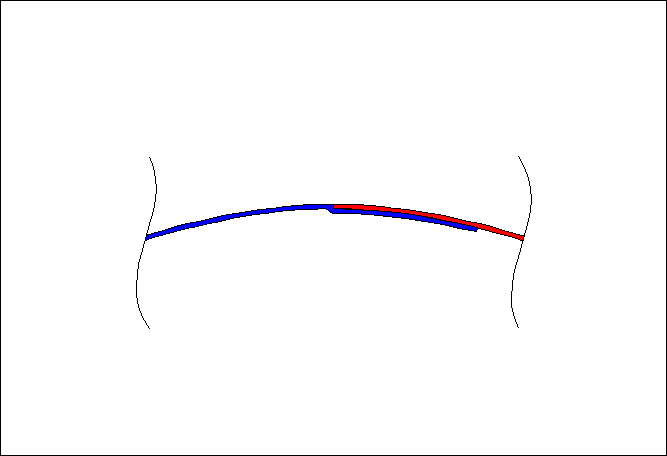
The feedback I've gotten on the last couple of Updates is that folks are interested in the composites details stuff I've been loading up on. Also, I got a couple of emails about how we do the fuselage joining. So I thought I'd do a set of sketches on how we join the fuselages.
Like wings, one lightweight and convenient way of joining right and left fuselage halves is with a joggle molded into one of the fuselage shells. Here we see the cross-section of one such joint along the top of a fuselage. The left shell is shown in blue, and the right shell is shown in red:

Just like on the upper wing skin, we mold this joggle into the left side fuselage shell using a removable feature that bolts onto the left-side fuselage shell mold:
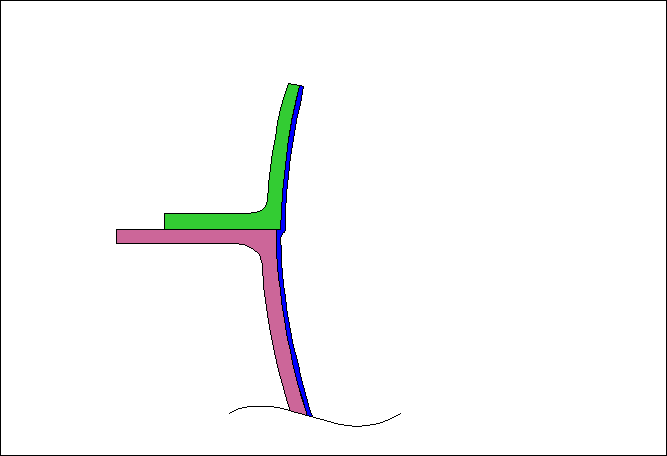
Once the left shell is cured, we unbolt and remove the joggle feature mold to expose the joggle:

Then we lay up and cure a right side fuselage shell:

Then we do a lift and rollover on the right side fuselage mold, position it over the left side mold, and goo up the joggle with our epoxy bonding paste:
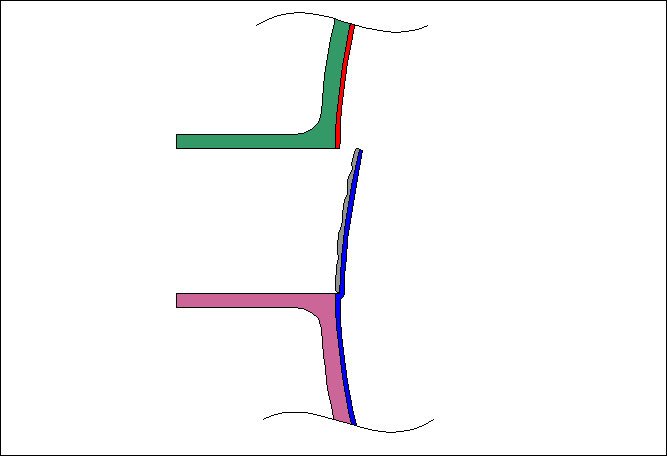
Then we bring the two molds together and clamp them togehter along their flanges:
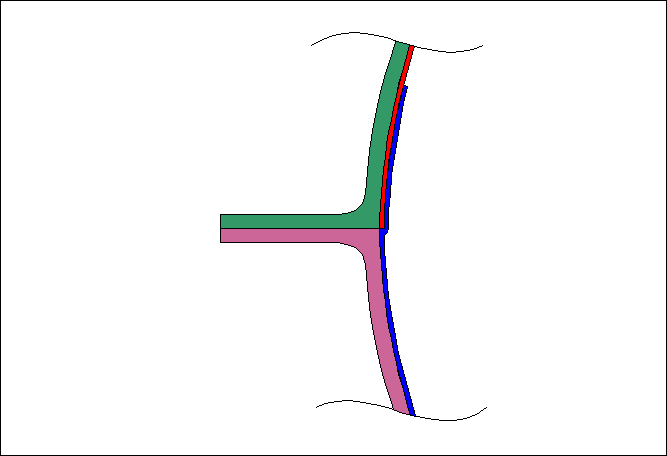
After the bonding paste has cured, we release the clamps and force the two molds apart with little wedges and liberate the fuselage shell:
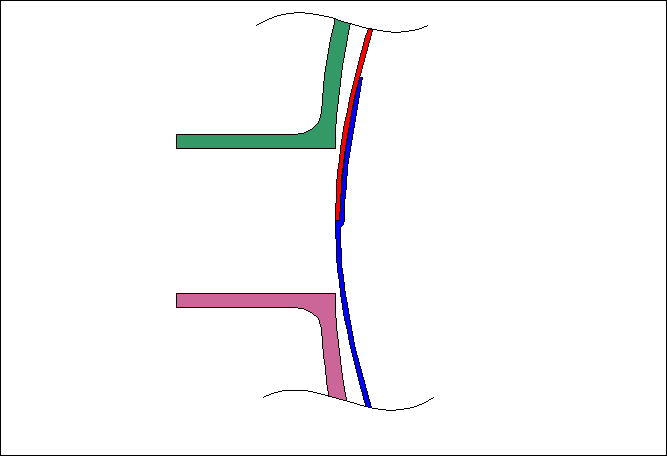
Actually, there is one complication to be careful of. The pressure of the bonding paste can force the joggle, and the area of fuselage it is attached to, inboard:
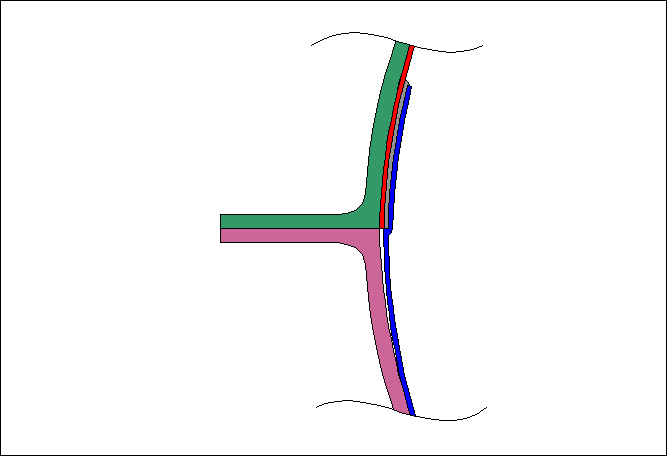
This tendency can result in an unsightly step in the fuselage that requires filling and other remedial work:

The fix for that is to apply a counter-force to the fuselage shell in the area of the joggle. What we've done so far is to make a series of PVC foam wedge boards that span between the upper and lower seams on the left fuselage shell, forcing the seam areas into the mold with enough force to counter the pressure applied by the bonding paste. Once the joint is cured, we remove the wedge boards using a rope tied through holes in all the boards.

page updated 16 August 2006 all text and graphics copyright (c) 2006 HP Aircraft,
LLC